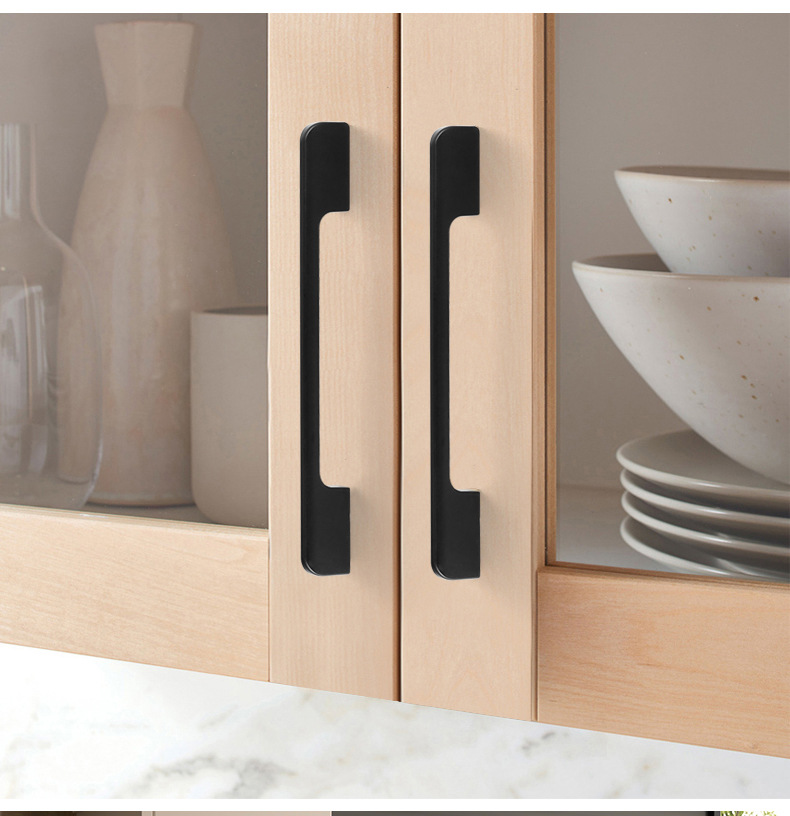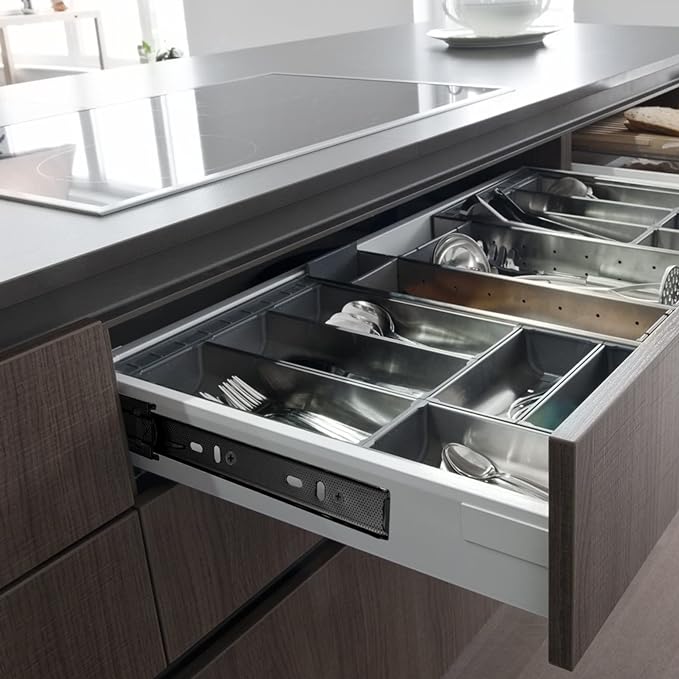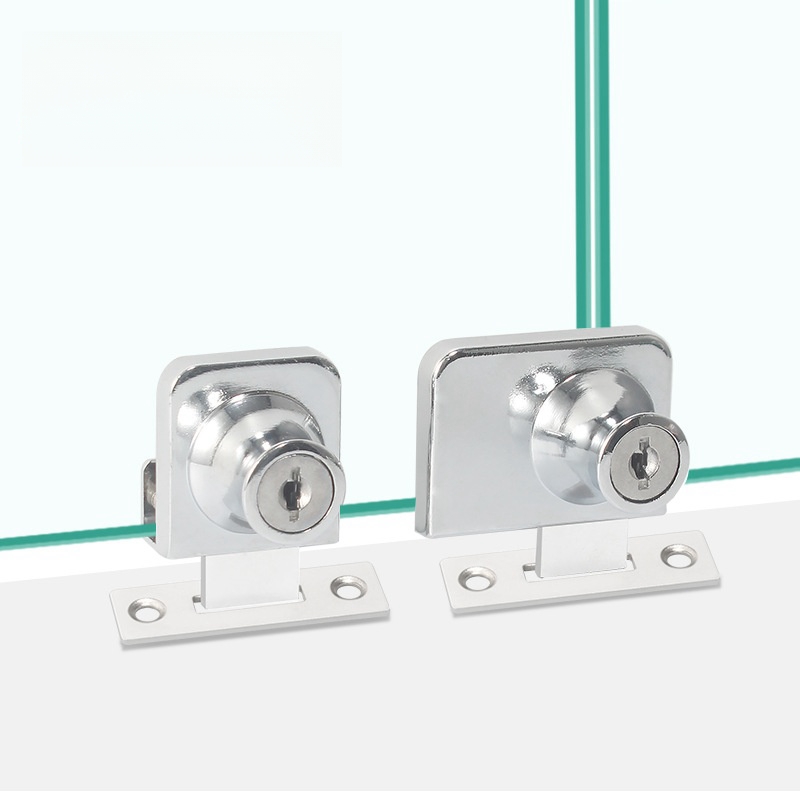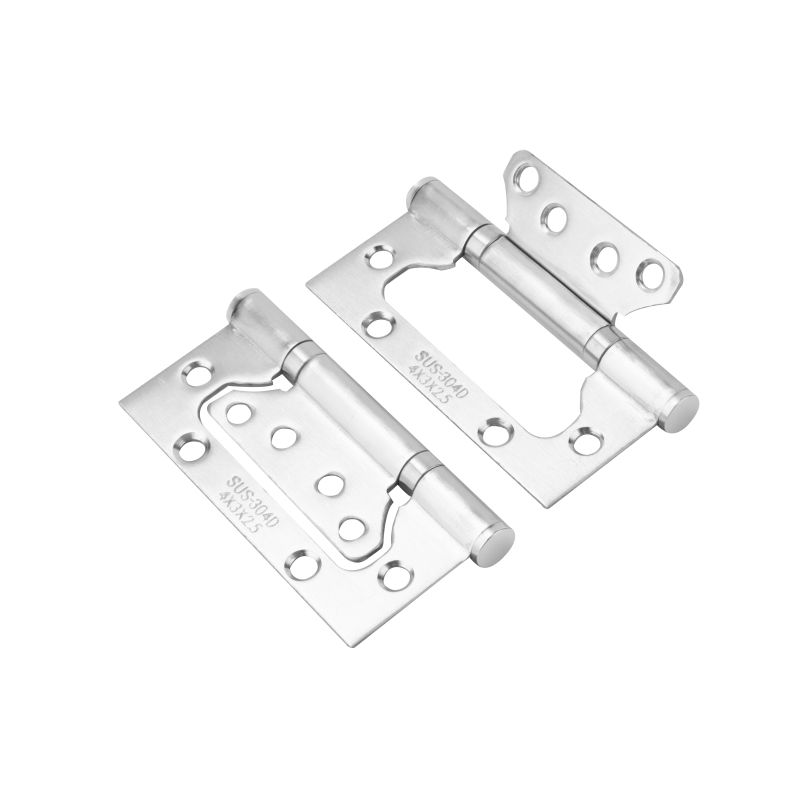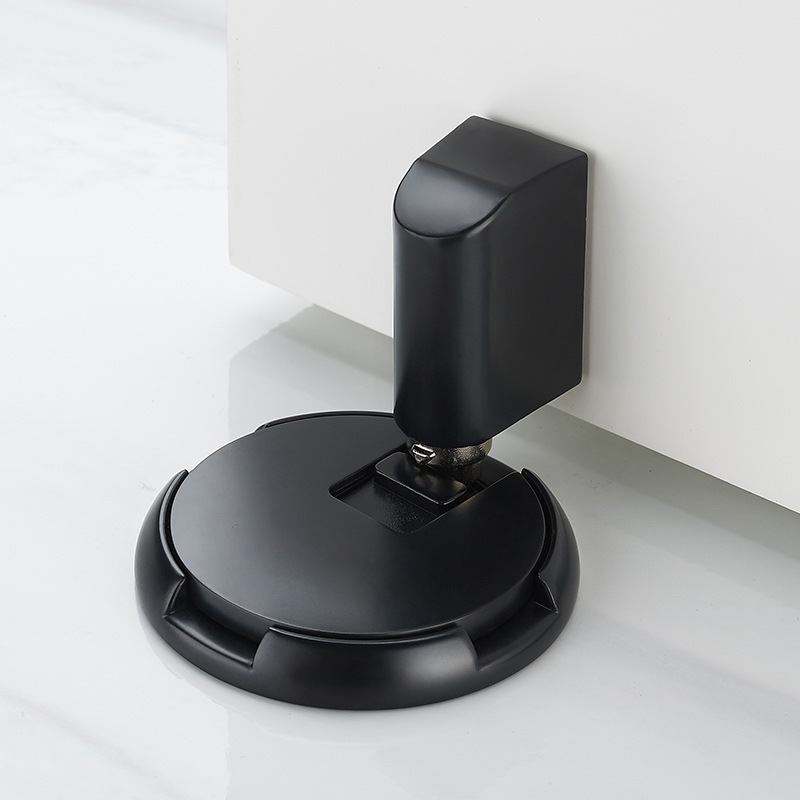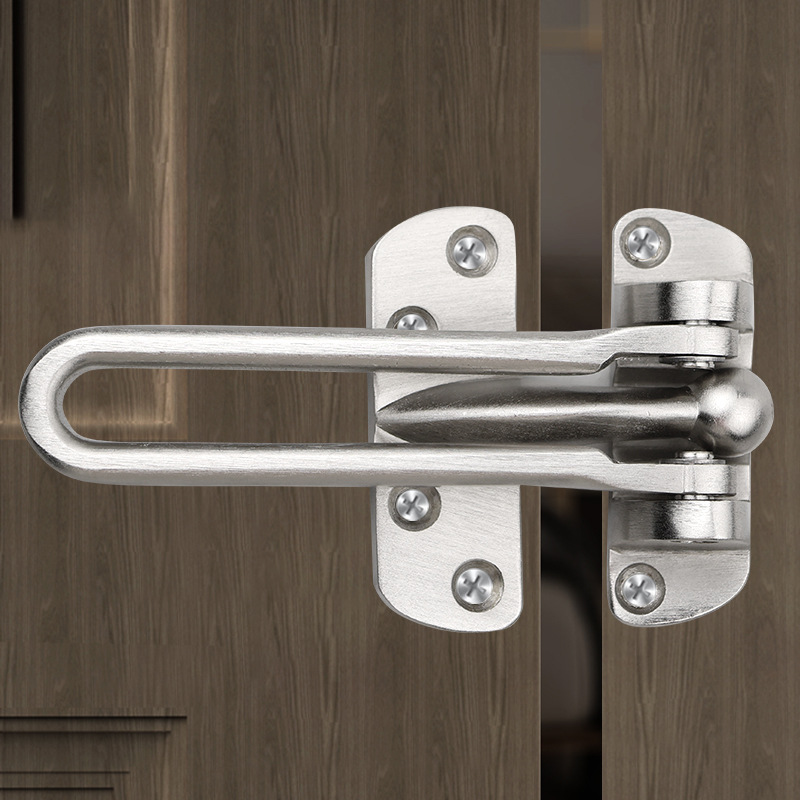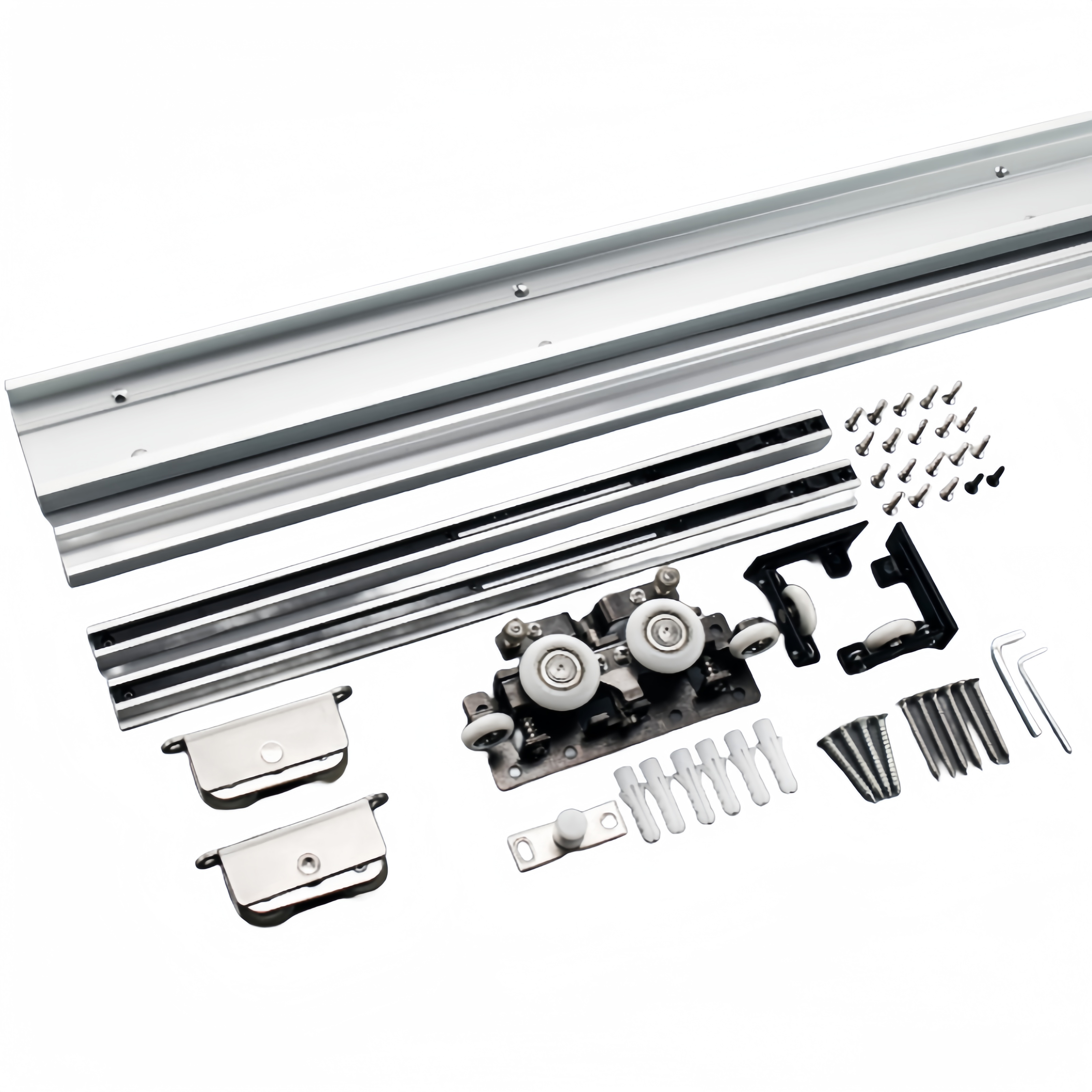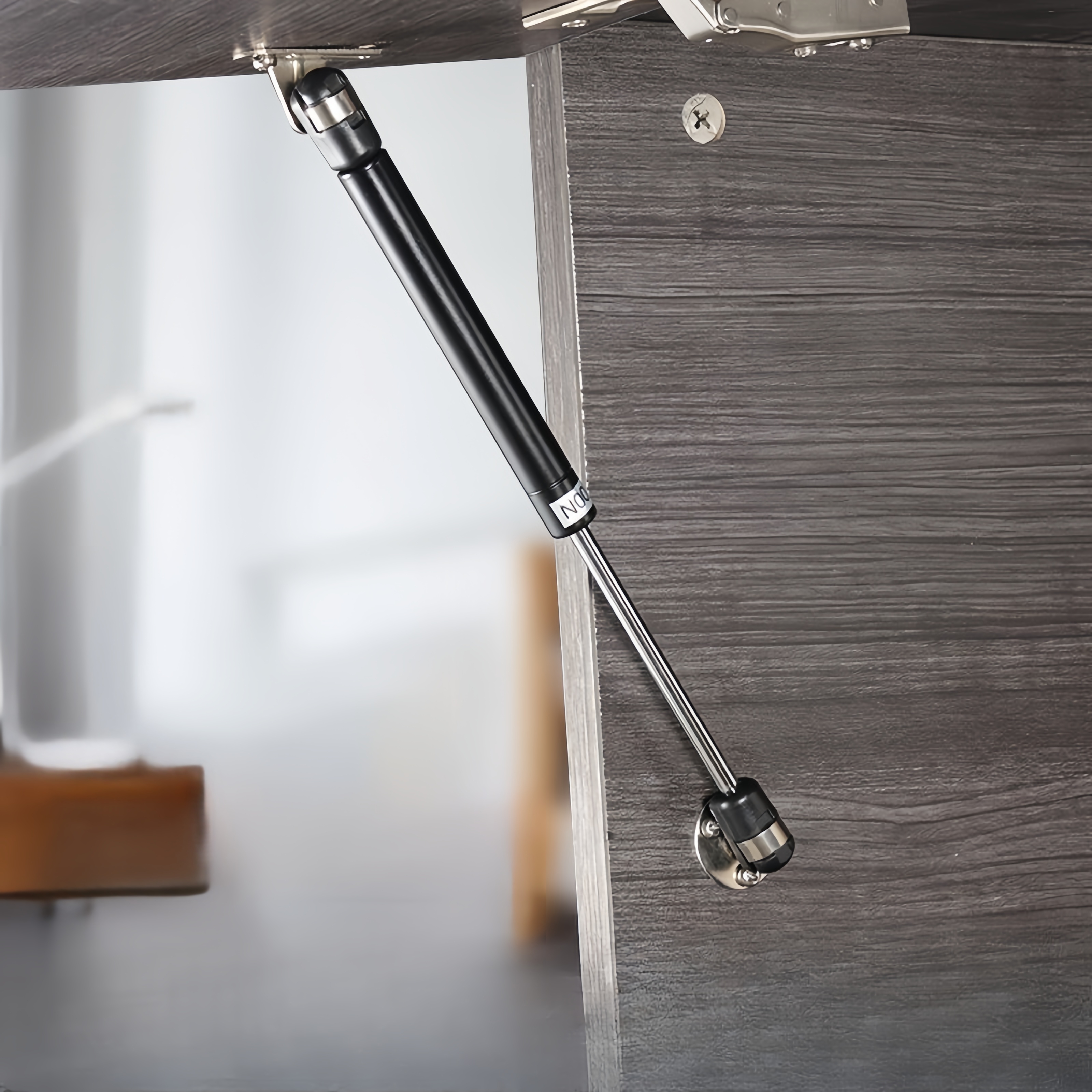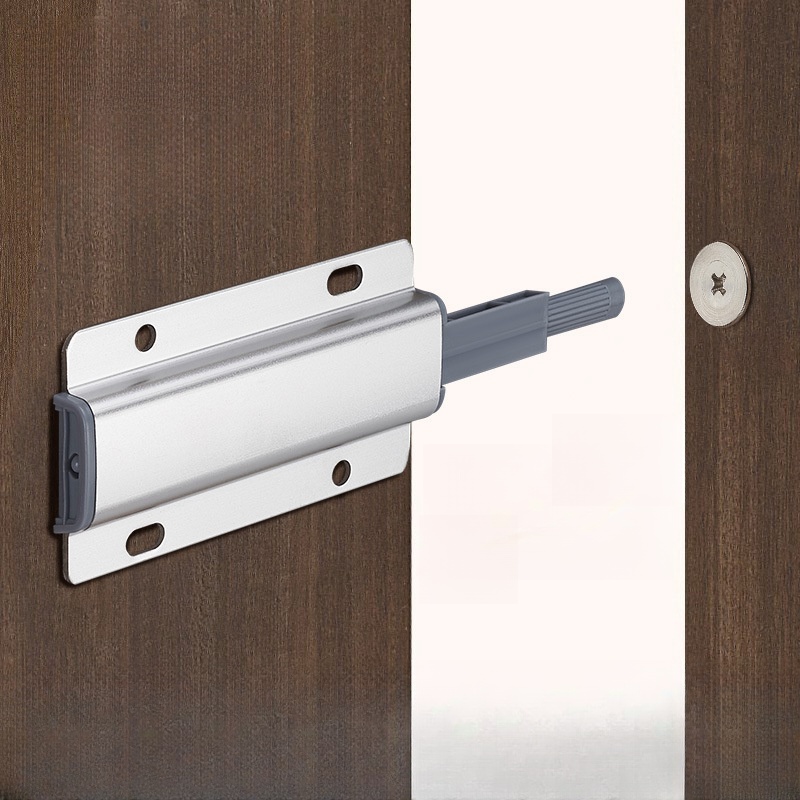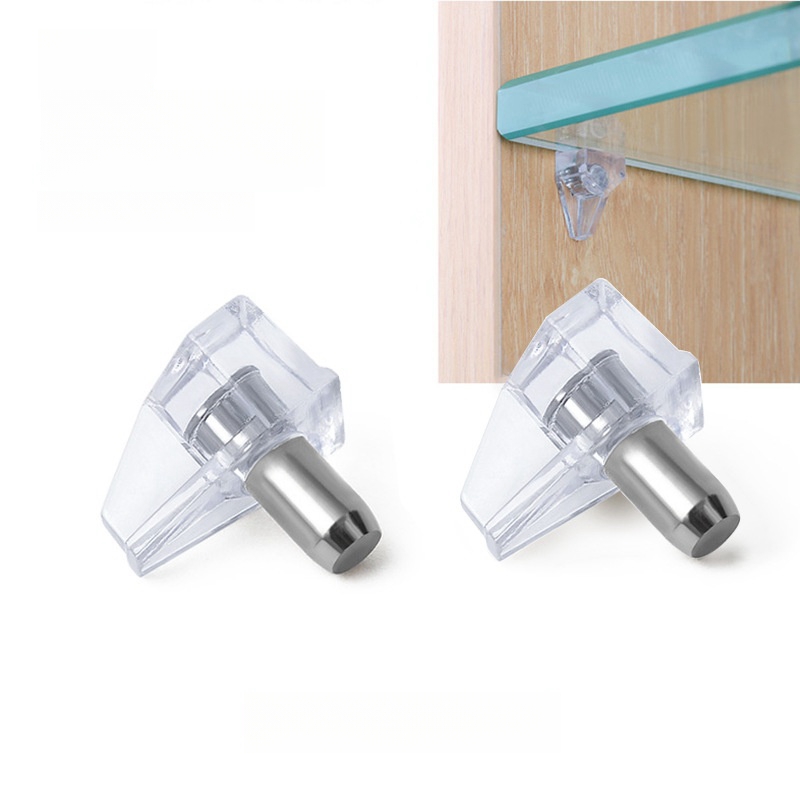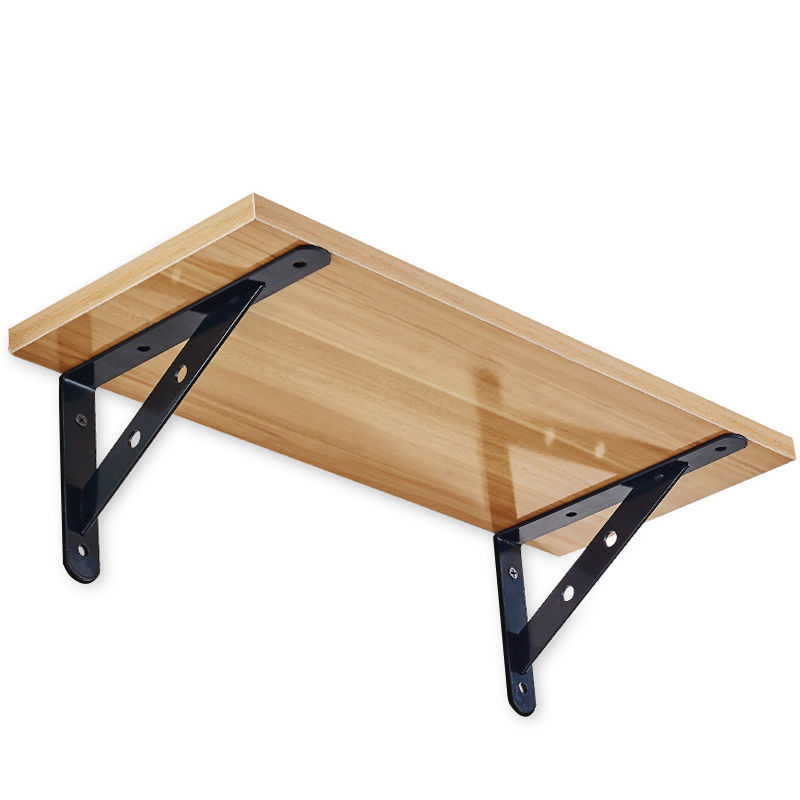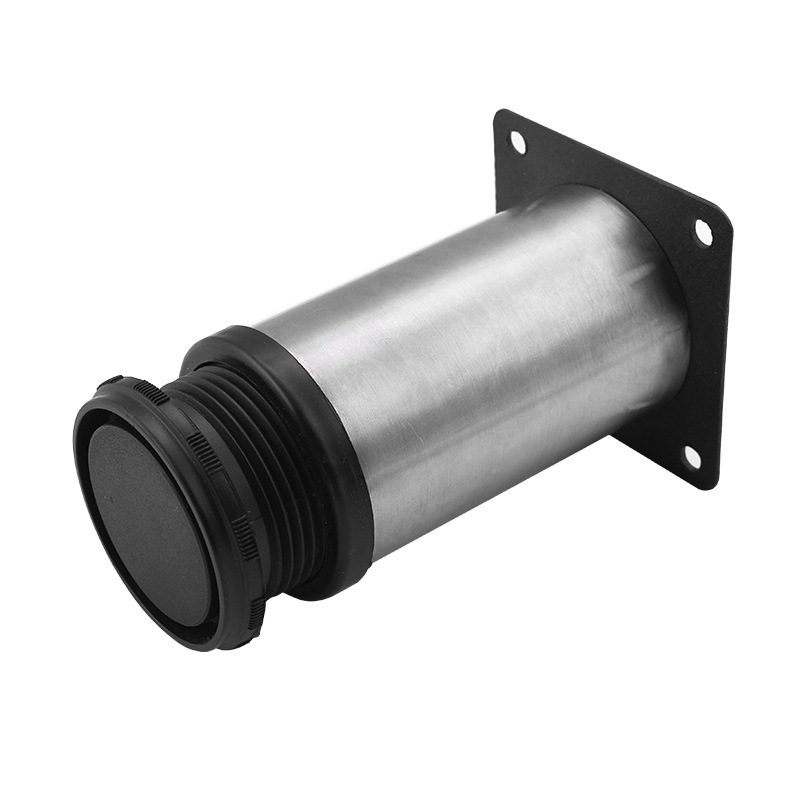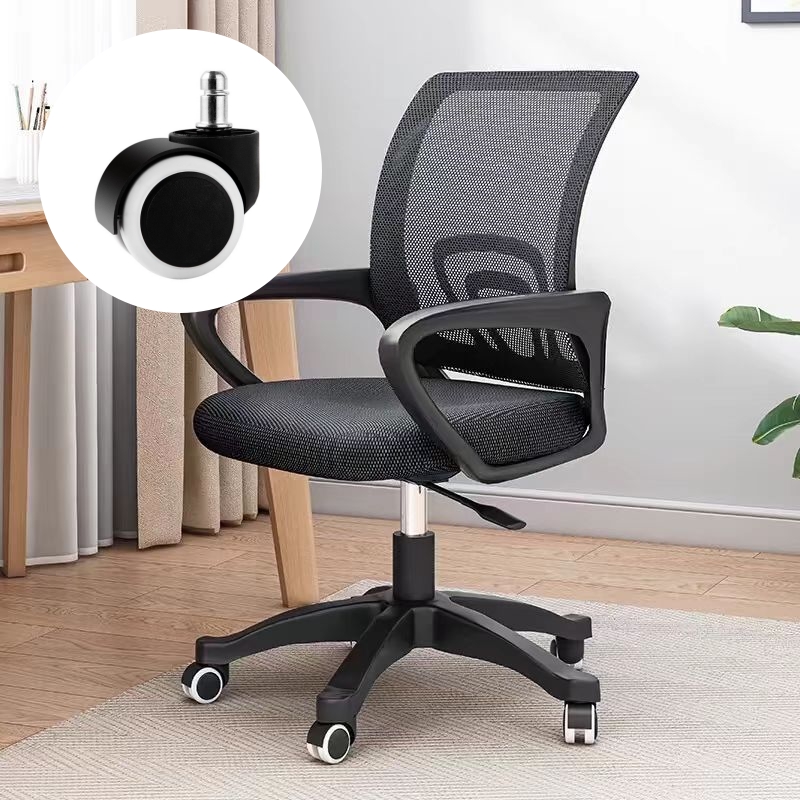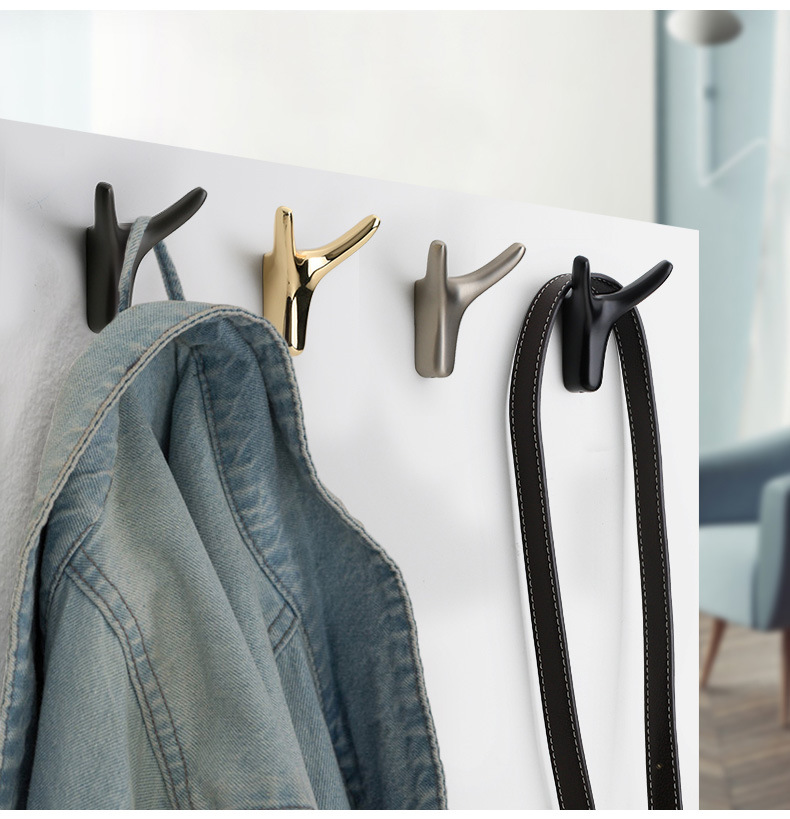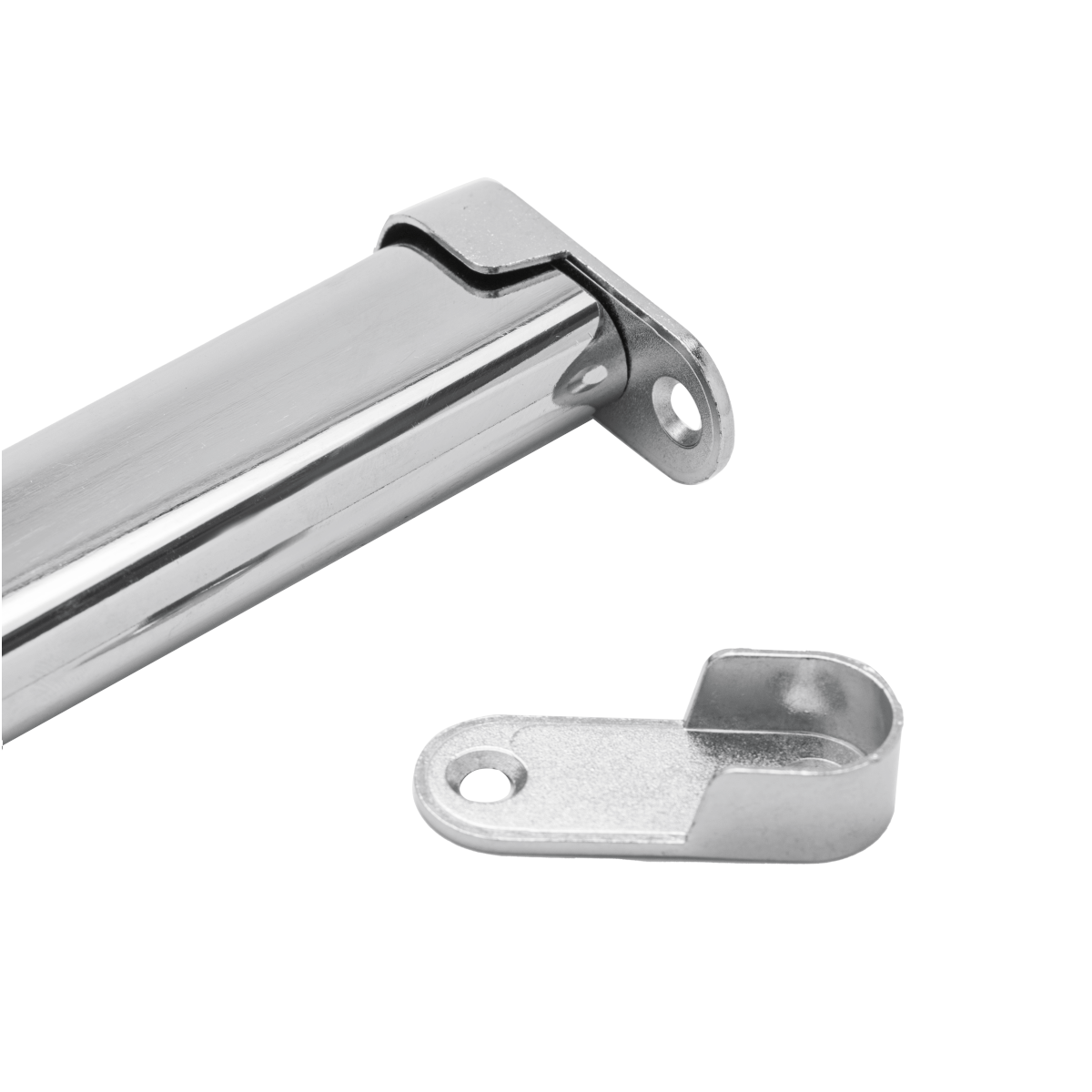
ABOUT
Guangzhou Toplink hardware Co., Ltd specialized in the production and export of furniture hardware fittings, with an experience of more than 14 years.
Our main products are drawer locks, cabinet hinges, sliding rails, cabinet handles, casters, cabinet legs and connecting fittings etc..
With a complete range of products, excellent performance and reasonable prices we have built up business with many customers all over the world.
We are committed to strict quality control and considerate customer service. We sincerely looking forward to becoming your best choice and the most reliable partner!
PRODUCTS
door latch stuck in locked position
Understanding the Mechanics of a Door Latch
Before exploring the reasons for a stuck latch, it's crucial to grasp the basic mechanics involved. Most door latches operate on a simple system of a bolt (or several bolts) that extends into the door frame, securing the door. This bolt is controlled by a mechanism that is activated by the doorknob or handle. The key interacts with this mechanism, either directly or indirectly, allowing the bolt to retract and the door to open. Problems arise when any part of this system malfunctions, causing the bolt to remain stubbornly extended and the door locked.
A typical door latch comprises several parts: the latch bolt itself, the strike plate (the metal plate on the door frame that receives the latch bolt), the handle mechanism, and the locking mechanism (often including a cylinder for the key). Any issue with any of these components can result in a jammed latch. Understanding this basic anatomy allows for a more methodical approach to troubleshooting the problem.
Common Causes of a Stuck Door Latch
A stuck door latch is rarely caused by a single, easily identifiable reason. More often, it’s a combination of factors that contribute to the problem. One of the most common culprits is a faulty latch bolt. Over time, the bolt can become misaligned, bent, or worn, preventing it from smoothly retracting into the door. This is often exacerbated by attempts to force the door open, which can further damage the bolt.
Another frequent cause is a problem with the strike plate. The strike plate can become loose, misaligned, or damaged, preventing the latch bolt from fully engaging. This can be due to the screws coming loose, the plate bending, or even wood warping around the plate. A poorly fitted strike plate from the outset can also lead to future problems.
External factors also play a significant role. For example, extreme temperature changes can cause the wood of the door or frame to expand or contract, putting pressure on the latch mechanism and preventing smooth operation. Paint buildup or debris can also jam the bolt, hindering its movement. In older doors, swelling of the wood from humidity is a common cause of binding.
Troubleshooting and Solutions
Before resorting to drastic measures, try some simple troubleshooting steps. First, carefully inspect the door and frame for any visible obstructions. Remove any debris or paint buildup that might be interfering with the latch. Check that the strike plate is securely fastened and properly aligned. Tighten any loose screws. If the strike plate is damaged, it might need to be replaced.
Lubrication can often resolve minor sticking issues. Apply a lubricant, such as graphite powder or a silicone-based spray lubricant, to the latch bolt and the areas where it interacts with the strike plate. Work the latch gently back and forth several times to allow the lubricant to penetrate. Avoid using excessive force, which could cause further damage.
If the problem persists, it might be necessary to investigate the latch mechanism itself. This typically requires removing the doorknob or handle assembly. This process varies depending on the type of doorknob, so consulting an online guide or instructional video specific to your doorknob model is advisable. Once the mechanism is exposed, carefully inspect the parts for any damage or misalignment. Replacing the entire latch mechanism might be necessary if you find significant wear or damage.
Prevention and Maintenance
Regular maintenance can significantly reduce the likelihood of a stuck door latch. Periodically lubricate the latch mechanism, typically once or twice a year. Inspect the strike plate and screws to ensure they are tight and well-aligned. Address any swelling of the wood around the door frame promptly. Consider using wood sealant to protect the door and frame from excessive moisture.
Avoid forcing the door if the latch feels resistant. This can exacerbate the problem and lead to further damage. If you experience persistent issues, it's best to consult a locksmith or a handyman. They have the expertise and tools to properly diagnose and repair the problem, preventing further complications and ensuring the security of your home.
Ultimately, a stuck door latch, while frustrating, is often a solvable problem. By understanding the mechanics involved, addressing the potential causes, and practicing regular maintenance, you can minimize the risk of encountering this common household issue. Knowing when to seek professional help is also crucial for ensuring a swift and effective resolution.
SUBSCRIBE
INQUIRY
